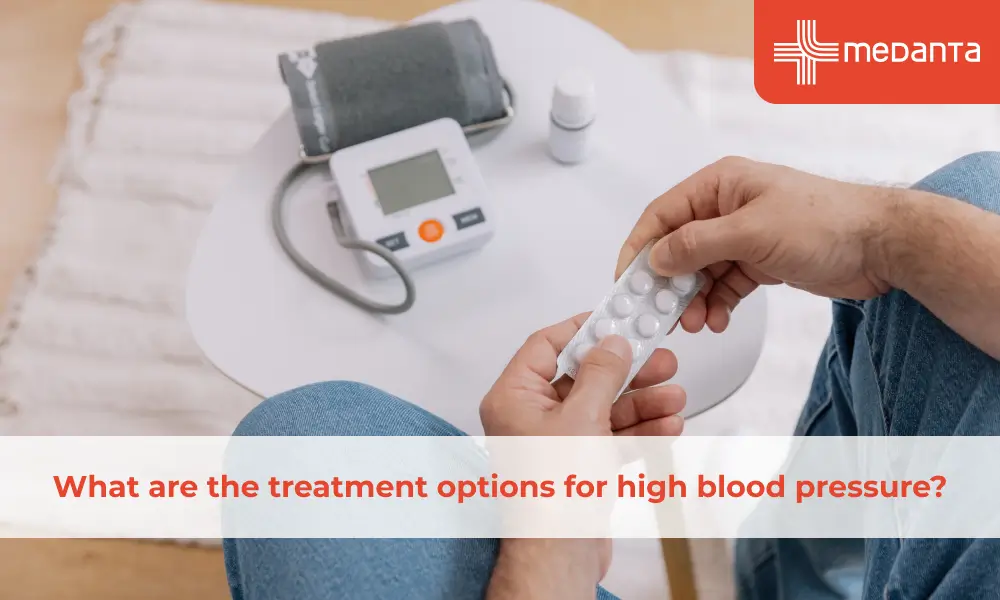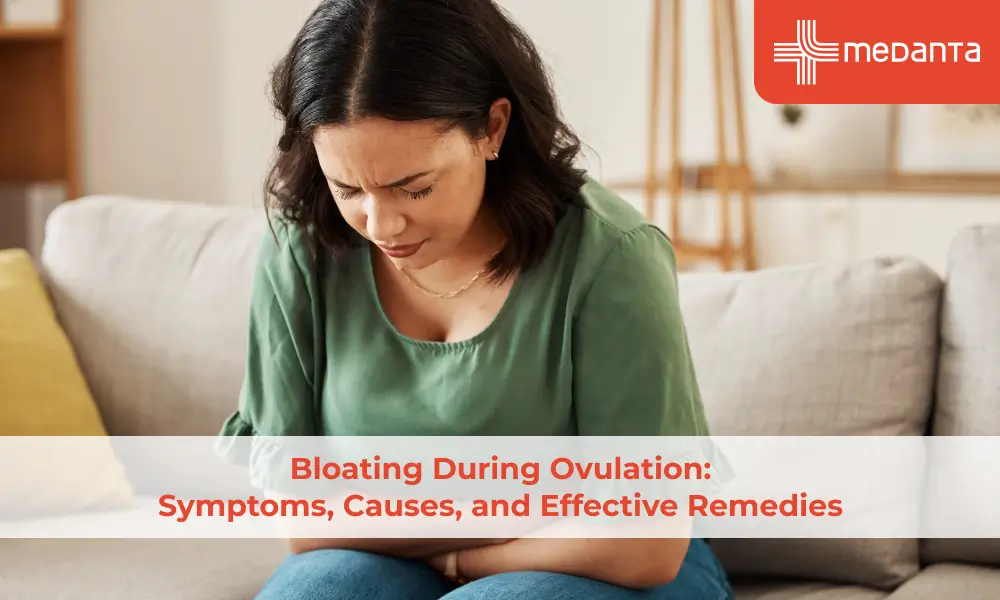What are the treatment options for high blood pressure?

High blood pressure or Hypertension is one of the 'silent killers' that tends to cause serious damage to your body, sometimes without any significant or visible symptoms. Simply put, it is the force or pressure of the blood rushing through your artery walls. If unchecked, too much of this pressure can lead to vision problems, as well as life-threatening conditions such as kidney failure, heart attack, or stroke.
However, simple changes in your lifestyle and the timely intervention of medication can help reverse high blood pressure or help you to maintain it at a healthy rate.
There are many options to treat high blood pressure and several factors that will shape the treatment plan, including your age, how healthy you are, and causes of the HBP.
Here is a summary of the possible treatment options:
1. Medication
Diuretics are also called 'water pills' and they are designed to help your kidneys flush out the salt and water content from the body through urine. This reduces your blood volume, effectively bringing down your blood pressure.
ACE or Angiotensin-converting enzyme inhibitors help to relax your blood vessels, thus bringing down your blood pressure. Your doctor may recommend these especially if you have chronic kidney problems. ARBs or Angiotensin-2 receptor blockers are used if the side-effects of ACE inhibitors are too troublesome for you. They act in the same way as ACE inhibitors by blocking the formation of the chemical in the blood that narrows blood vessels, thus relaxing the pressure. Calcium channel blockers reduce blood pressure by widening your blood vessels.
In addition to the above medication, your doctor may prescribe a combination of low-dose additional blockers if your blood pressure does not come down to the normal range. These include alpha-blockers, alpha-beta blockers, or beta blockers that work in different ways to reduce the narrowing of your blood vessels.
Sometimes your doctor may have to prescribe you one or more of these drugs to find out what works best for your health. Ensure that you take regular blood pressure checks and keep your doctor informed and up-to-date about your health conditions so that you can achieve your goal of bringing down your blood pressure levels.
2. Exercise
Hypertension may result from a sedentary lifestyle where exercise is not a big priority and work-related stress makes you anxious and burned out. It is important to identify the underlying causes of HBP so that your doctor can chart out the right treatment plan. Along with the prescribed medication, aim to bring a balance in your life by exercising regularly.
You could start by replacing short car-rides with walking every day, cycling, or climbing stairs. Consider a physical trainer to help you at the gym, or try intense, 10-minute bursts of exercises that help with strength and flexibility building at home. If you find the idea of exercise boring, you could try other physical activities such as hiking, dancing, swimming, Yoga, Tai-chi, or gardening as well.
3. Health supplements
Health supplements and minerals such as magnesium, calcium and potassium, fibre, folic acid, and Omega-3 fatty acids or flaxseeds are also known to bring down your blood pressure and can work together with medication, exercise and dietary changes.
Some others, like coenzyme Q10, garlic, cocoa, or L-arginine act as vasodilators that widen blood vessels; however, before you opt for these supplements, confirm with your doctor whether they may interfere with any other drugs you are taking or cause adverse reactions.
4. Diet and Lifestyle changes
Dietary adjustments such as cutting down on salt, alcohol consumption and smoking can visibly reduce risks related to hypertension or high blood pressure.
The more the intake of salt in your diet, for example, the harder the pressure on your blood vessels to eliminate it from your body. To begin with, you could limit the number of ready-meals or packaged foods as these tend to be high in salt content. Try alternative seasoning spices such as pepper, dried mixed herbs, or garlic, ginger and chilli instead of salt to enhance the flavour in your food.
Aim to also increase your milk and soya proteins, and fibre intake through bran, wholegrain rice, pasta and plenty of fruit and green leafy vegetables. Various foods rich in potassium, iron and calcium required to bring your blood pressure down include salmon, sweet potatoes, spinach, beetroot, swiss chard, bananas, watermelon, and so on. A good trick to keeping a check on your diet is to use at least five of these vegetables or fruits in your regular meals.
5. Stress relief
Stress is an inevitable part of a busy life, but some of the most healthy techniques to cope with stress are also generally taken for granted. Taking slow, deep breaths, spending some relaxing time with a favourite hobby, or getting adequate sleep every night, are some examples.
Along with the drugs recommended by your doctor and regular physical activity, Yoga and other meditation techniques can have a positive effect on your blood pressure






